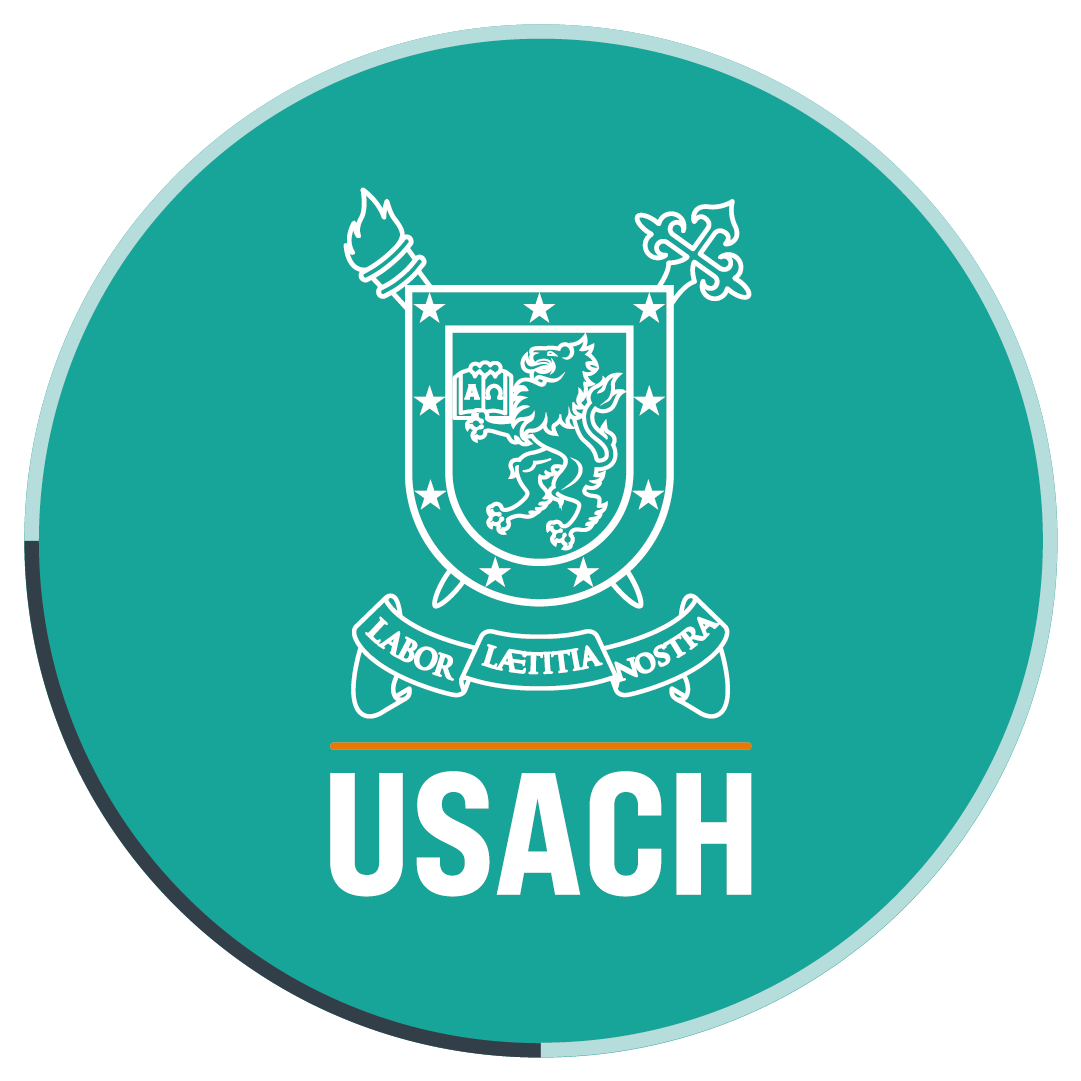Researchers at Universidad de Santiago represented Chile in important conferences on yeast biotechnology
Researchers at CECTA and DECYTAL at Universidad de Santiago successfully participated in two important scientific gatherings. They were the only Chileans participating in the 27th International Conference on Yeast Genetics and Molecular Biology and the 02nd International Specialized Symposium of Yeasts, held in the Italian cities of Levico and Perugia, respectively. Dr Verónica García Mena, Dr Claire Brice, Dr Claudio Martínez Fernández and Dr Francisco Cubillos Riffo presented their works at these conferences.
Researchers at the Food Science and Technology Research Center (CECTA, in Spanish) and the Department of Food Science and Technology (DECYTAL, in Spanish) of Universidad de Santiago were the only Chilean representatives in two important scientific activities held in September, in Italy.
The team led by Dr Claudio Martínez Fernández and made up of Dr Francisco Cubillos Riffo, Dr Verónica García Mena, and Dr Claire Brice presented the results of different studies conducted at the Applied Biotechnology and Microbiology Laboratory.
The researchers participated in the 27th International Conference on Yeast Genetics and Molecular Biology, held between September 06th and 12th, in Levico, and the 02nd International Specialized Symposium of Yeasts, held between September 13th and 17th in Perugia, Italy.
Strengthening links
The director of CECTA, Dr Claudio Martínez, who is currently on a scientific-cultural exchange at the Instituto de Agroquímica y Tecnología de Alimentos (IATA, in Spanish) in Valencia, Spain, explained that the importance of these conferences lies on the possibility of “Strengthening links with the best researchers in this field worldwide, strengthening joint projects and opening opportunities to new collaborations and projects, as well as evaluating the level and the significance of what we are doing in Chile, that it is certainly very good at an international level.”
For example, the team of CECTA is working on an international collaboration project with researchers at the IATA that also involves Argentinean researchers. And there is another international project with a French team that also participated in these conferences. This team is collaborating with a Fondecyt postdoctoral project and Dr Claire Brice is in charge of the last phase of this study.
It is worth to mention that CECTA researchers were the only Chilean representatives in both conferences. According to professor Martínez, this was a surprise. And they were more surprised when they realized that, at a Latin American level, there were a few researchers from Argentina, Brazil and Uruguay. “This places us in a leading position at a national level and allows us to strengthen links with Latin American experts in this field to promote local and regional development,” he said.
Leaders in yeast studies
Yeasts were the common denominator in the conferences in which Universidad de Santiago researchers participated. Our university is leader in the area of yeast biotechnology in the country. “In this regard, the contributions made by our institution have turned into products (some of them have already been transferred to the productive sector in Chile and abroad) and specialized human resource training and have generated a worldwide renowned group of experts,” he concluded.
Translated by Marcela Contreras

